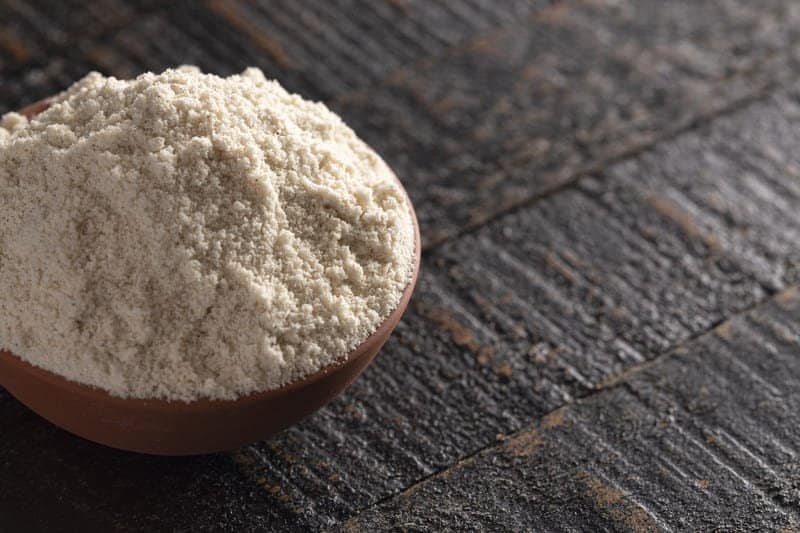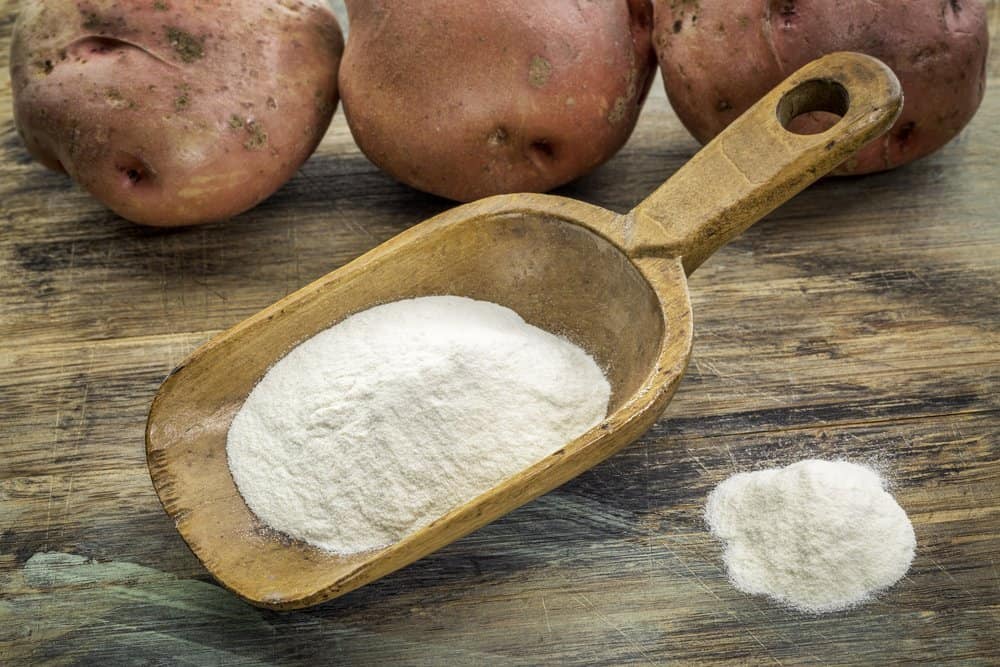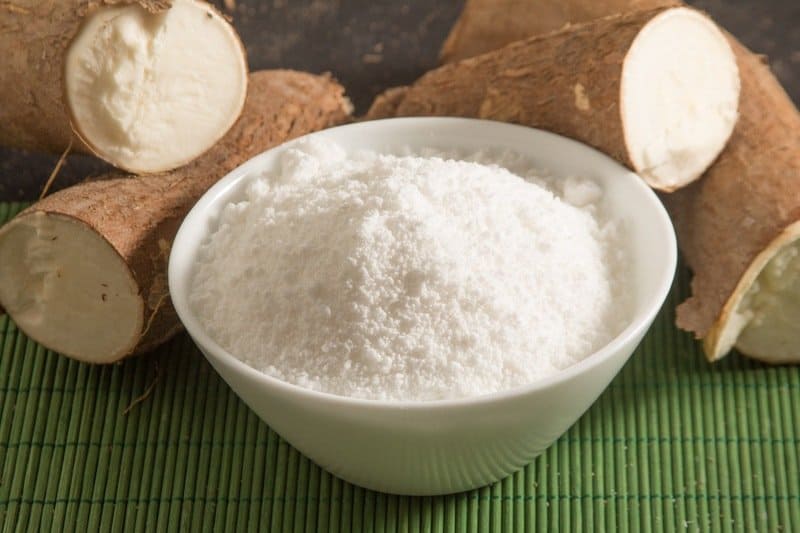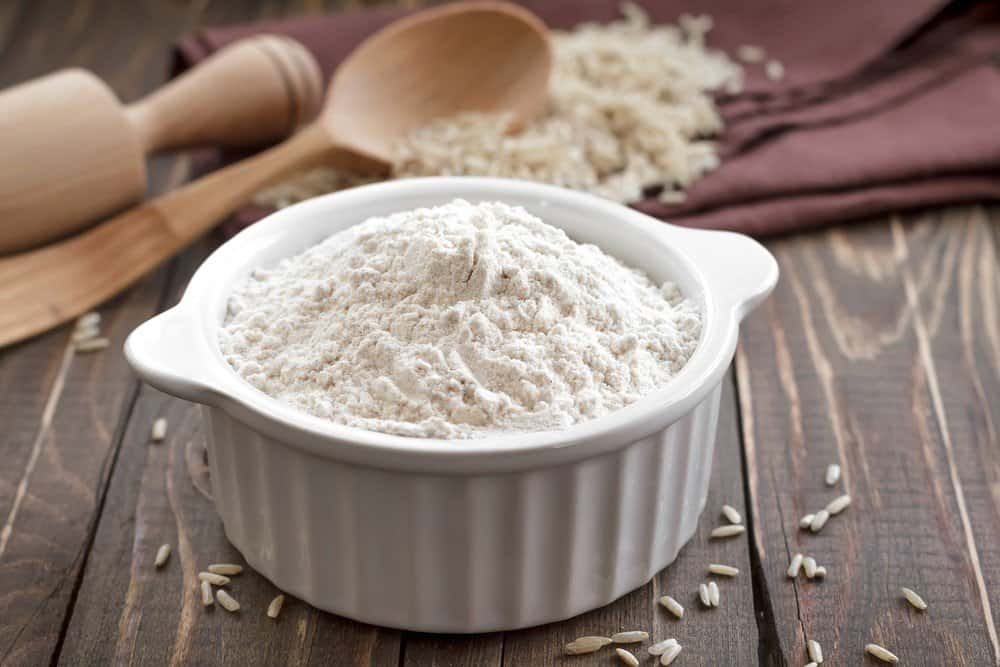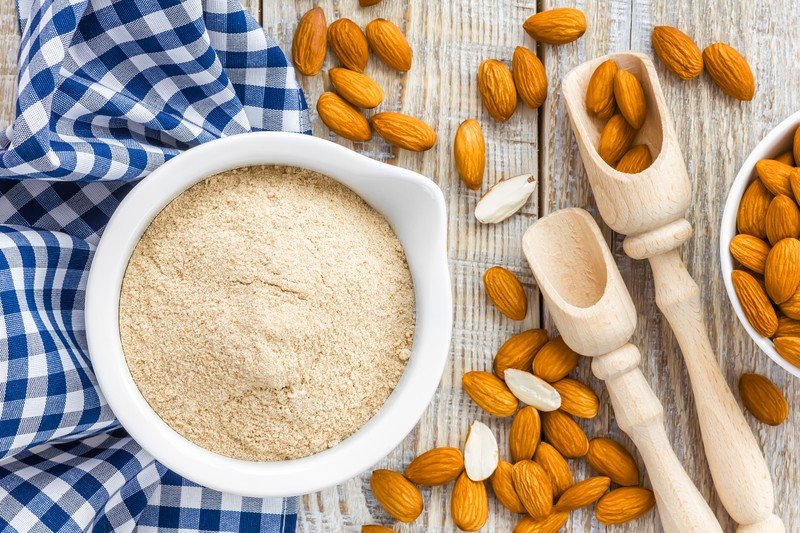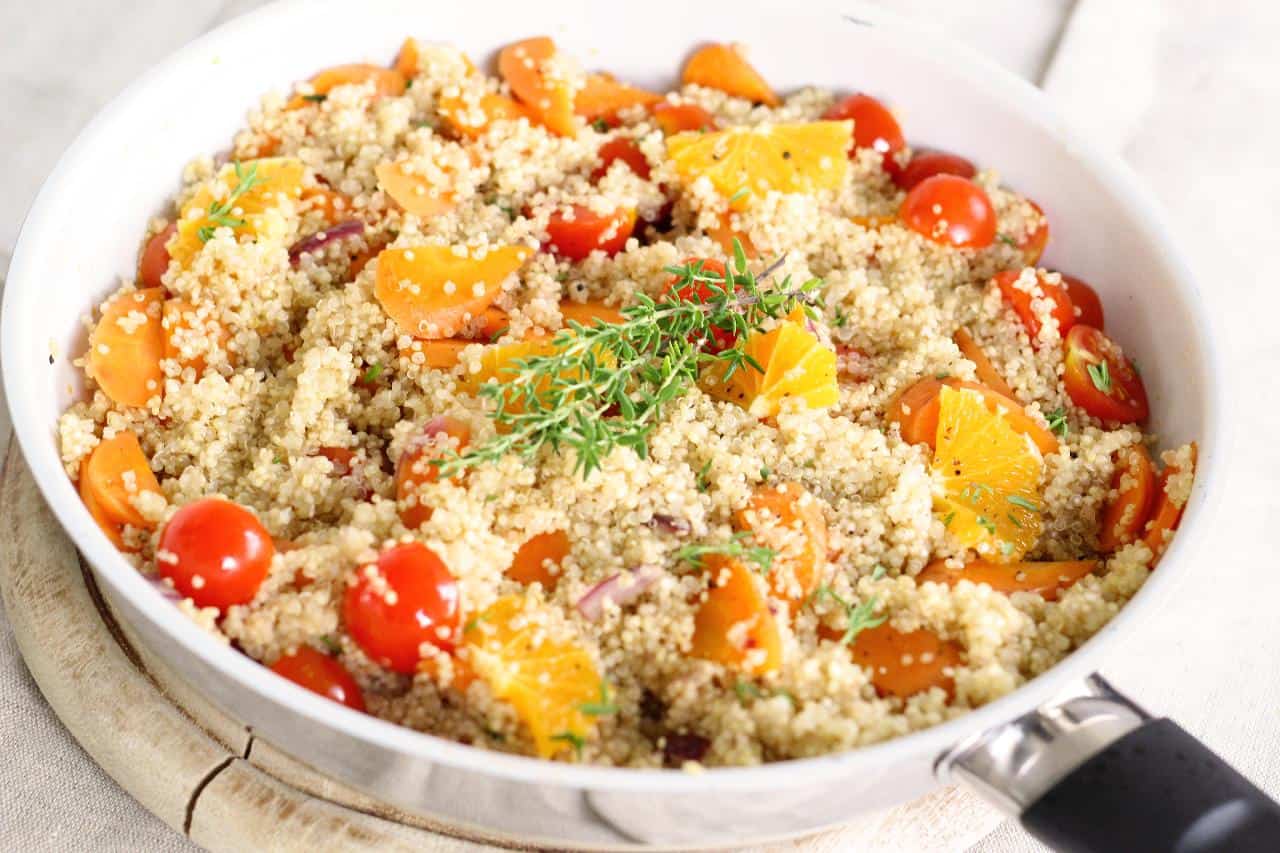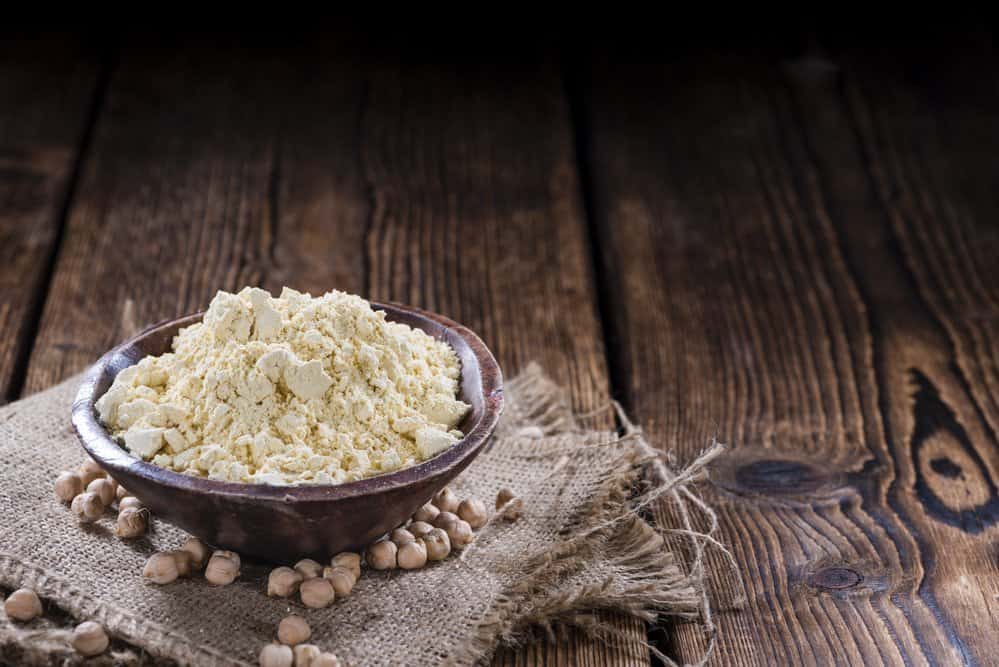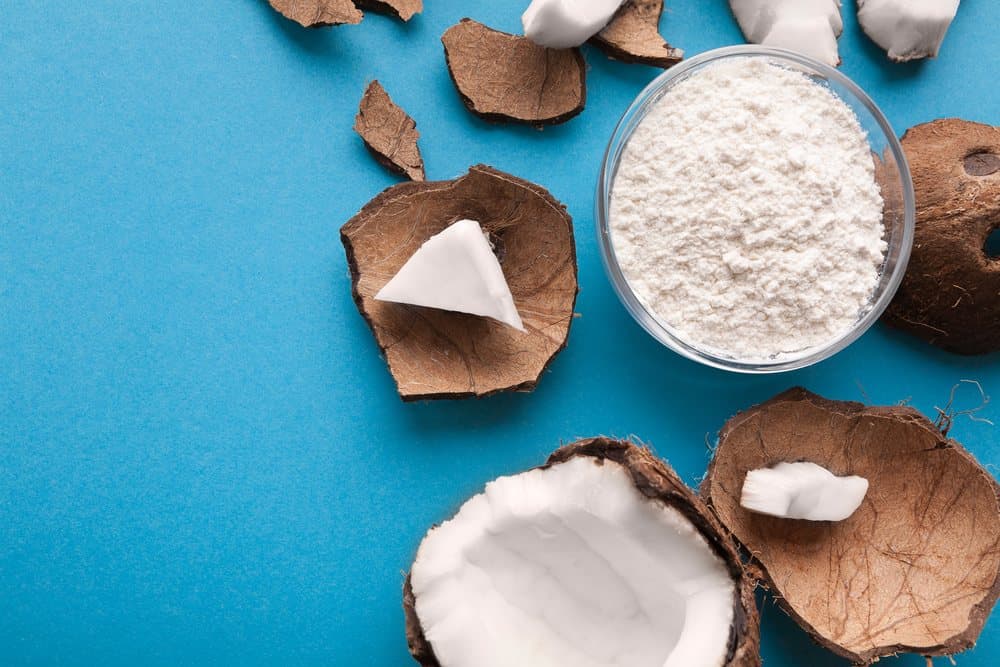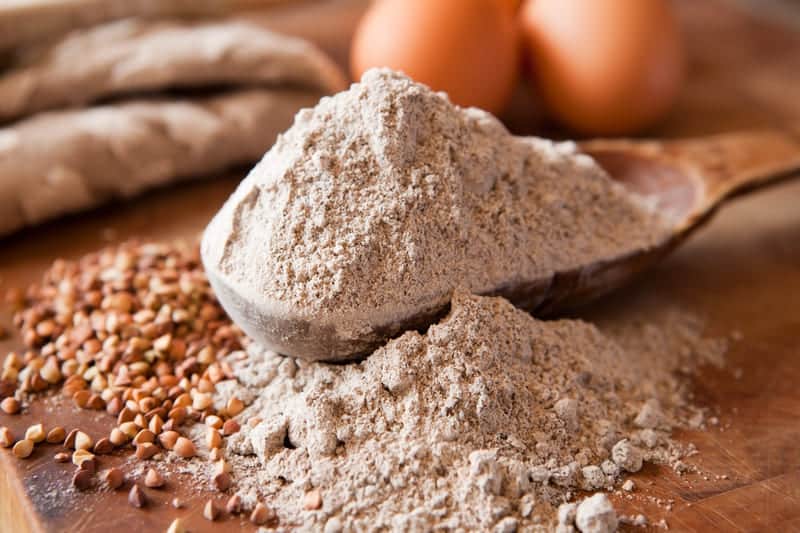Since I discovered gluten-free baking, I just can’t get my hands off with Sorghum Flour. In the past three years, this has changed my baking preference to meet with the healthy lifestyle that I strive to achieve for the rest of my life. This flour is one of the healthiest choices that you can find if you like to have carbs and sweets without the guilt.
The only challenge is that it might be unavailable in your area. If you can’t find sorghum flour, you may substitute it with the following: xanthan gum, potato starch, tapioca flour, rice flour, guar gum, almond flour, quinoa flour, chickpea flour, coconut flour, and buckwheat flour. All of which offer almost the same benefits as sorghum flour.
Sorghum Flour Substitutes
If you don’t know the incredible uses of these substitutes, let’s get to know all of them better.
1. Xanthan Gum
I use xanthan gum and mix it with other gluten-free flour to enhance elasticity and achieve that gluten effect in baked goods while maintaining it to be gluten-free. This works perfectly well when making cookies, brownies, and even bread to add that volume once baking is done.
2. Potato Starch
Another alternative for sorghum flour to help binding ingredients is potato starch. It’s not the same as potato flour since potato starch comes from the starch of dried peeled potatoes. Mix this with your favorite go-to flour to achieve that light lift in your baked recipes.
3. Tapioca Flour
Tapioca flour is a great substitute if you don’t like to have too much flavor going on in your recipe. It comes from a cassava root and it’s flavorless. However, it’s an effective ingredient for thickening foods as well as binding baked recipes. Also, it’s cheaper compared to the rest of the substitutes listed.
4. Rice Flour
You can choose from either white rice or brown rice flour. If you like the healthier option, the brown rice flour is a good pick. It’s not refined and has retained more of its fiber than white rice. The flavor itself is also not overwhelming so don’t worry when mixing it with other ingredients.
Just make sure that you don’t use rice flour alone as a substitute and mix it with other types of flour. Rice flour can easily curdle up which might not be good for your recipe.
5. Guar Gum
Guar gum is sometimes mistaken as xanthan gum. But don’t confuse yourself because guar gum comes from guar beans while xanthan gum comes from xanthomonas campestris bacterium. Amid the difference, guar gum works the same as xanthan gum, perfect to use as a binding agent for baked recipes.
6. Almond Flour
One of my favorites in this list is almond flour. I like using this since you don’t really have to mix it with other flours when it comes to baked dishes.
You can make pancakes, cakes, cookies and so much more with it. Plus, it’s a great ingredient to enjoy sweets without dealing with too many calories.
7. Quinoa Flour
Quinoa has gained popularity as a healthier option for rice and other carb-rich foods. With that being said, other than finding whole quinoa grains, you can now use quinoa flour as well.
Take advantage with its health benefits like protein and amino acids. To mellow down its strong flavor, mix it as well with other healthy flour for your baked recipes.
8. Chickpea Flour
Another protein-rich flour substitute that you can use is chickpea flour or also known as garbanzo flour. This flour came from the beans itself, then dried and ground into flour. Other than using this as a sorghum substitute, you can also use this as a substitute for eggs. It absorbs moisture pretty quickly and binds the ingredients very well.
9. Coconut Flour
By far, coconut flour has the highest fiber content of all that we’ve listed in this article. If you’re looking into improving your digestive tract, make this a part of your daily diet. Just like chickpea flour, coconut flour effectively absorbs moisture and binds up ingredients pretty fast.
When using this as a substitute, you don’t need a lot, just use half a cup for every cup of sorghum flour to substitute.
10. Buckwheat Flour
Last on our list has actually the closest quality with sorghum flour. Buckwheat flour is extracted from buckwheat seeds. This flour is packed with protein, calcium, and carbohydrates. It’s widely used in Asian cuisine for making buckwheat noodles and snacks.
You can use this as a healthy flour for cookies, brownies, and pancakes. For cakes and bread, you would need to mix it up with other types of flour since buckwheat is too dense.
FAQs
What is sorghum flour made of?
Sorghum flour is extracted from the kernels of sorghum. It’s more light in color and has a sweeter flavor compared to other flours.
Can I substitute sorghum flour with all-purpose flour?
Yes, actually it’s the healthiest flour substitute that you can use. The substitution is also easy, you just need to follow the 1:1 ratio for every baked recipe.
Is sorghum flour keto-friendly?
Although sorghum flour has protein content, I don’t really recommend it as part of a keto diet. It still possesses loads of complex carbs which the keto diet does not allow. I suggest that you use other types of flour with the least carbs.
Key Takeaway
Whenever you’re doing substitution on a certain food, you have to assess the purpose of using the ingredient in the first place. Do you need sorghum flour as a binding ingredient, flour or egg replacement, for flavor or health benefits? By doing so, it’s easier for you to find the best substitute for your dish.
Take some time to try out other substitutes that work well with your dish and your preference. If you like it, stick to it and record it in your recipe book.
